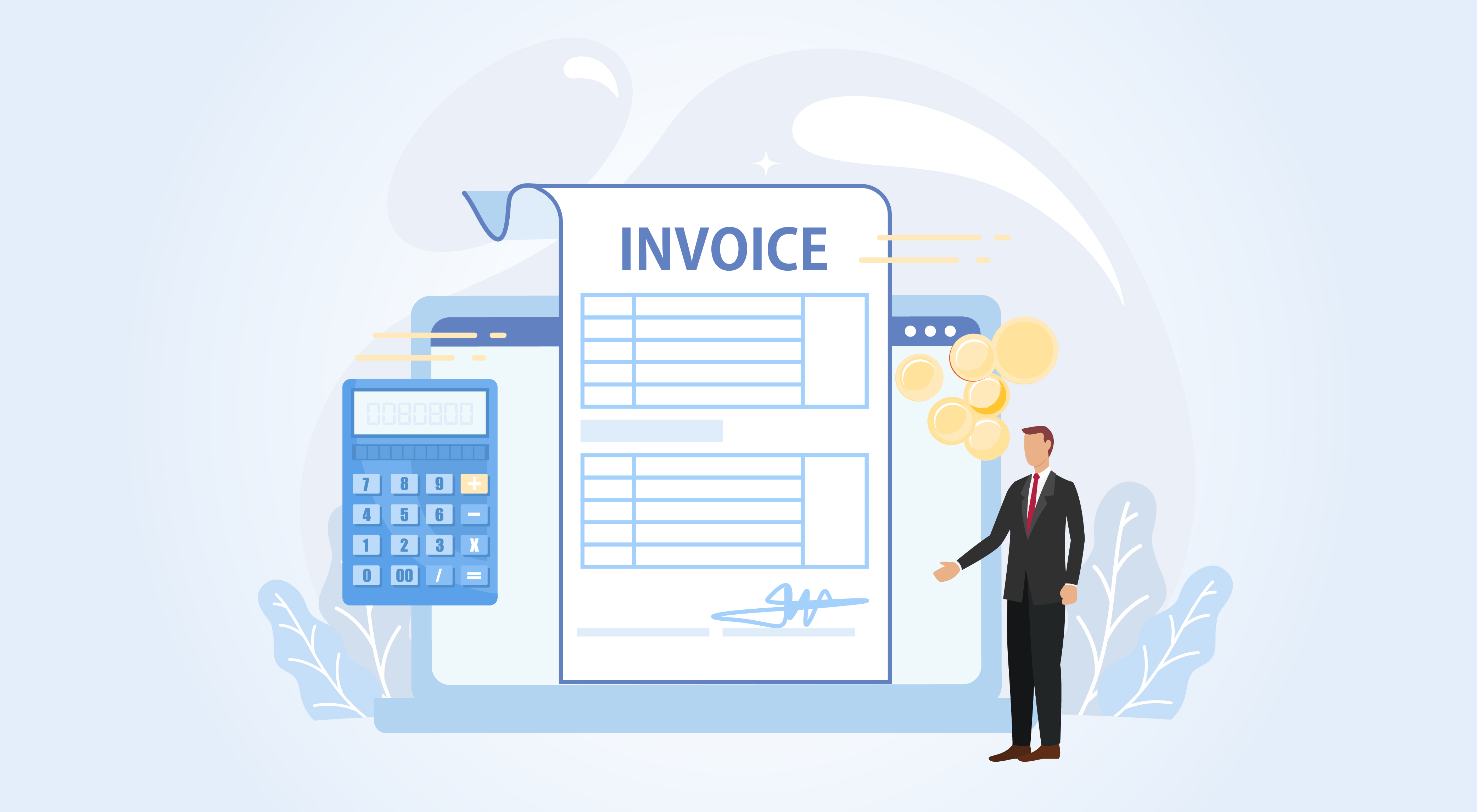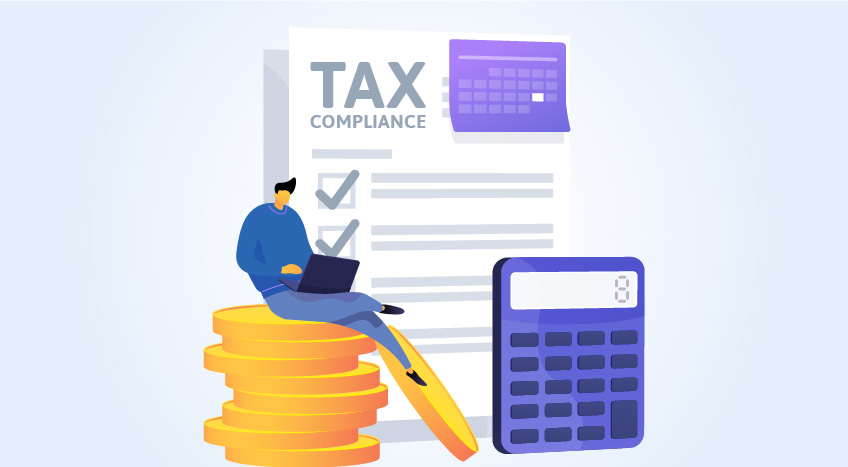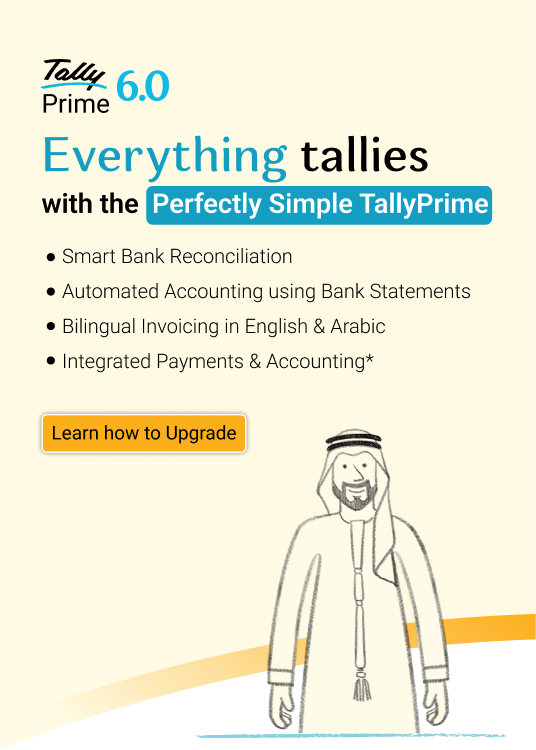The UAE is introducing a new e-Invoicing system which will require businesses to adopt a new way of issuing invoices. These invoices will be reported to the FTA in a standard format filling in all the mandatory fields of the new e-Invoice. Let us understand the new e-Invoicing system and what is changing with the new system.
What is an electronic invoicing system?
Under the new taxation guidelines, the UAE government has declared that all invoices must be filed in a standardised XML format. This will ensure that all invoices issued by businesses in a singular digital format. The new e-invoices will act as the only accepted tax invoice document. New invoices must be created and validated through Peppol, an internationally established e-document exchange network.
Before this centralised systemic overhaul, nationwide invoicing was done in different formats, including PDF and paper documents. So, collating all the data into a single database wasn’t efficient. Under the new regime, this bottleneck has been mitigated as it’s a centralised digital format (XML). The change now facilitates real-time tracking of national tax compliance. Hence, providing the government with valuable insights for policy planning and other similar initiatives. Additionally, all e-invoices will now be legally recognised by an Accredited Service Provider (ASP). It will also automatically be reported to the Federal Tax Authority (FTA).
What are the main changes under the new system?
With the new e-Invoicing system businesses can expect:
-
Real-time data update
Under the new e-invoice system regime, the FTA gets real-time national tax payments and compliance data. Before the update, there were no real-time data tracking features, as most businesses only submitted VAT periodically. FTA used to receive updates after significant time delays. This immediate data stream minimises systemic discrepancies, resulting in stricter tax compliance.
-
Singular file format
All invoices will now be submitted in the XML format. This allows for uniform tax documentation, reduces recording errors, and facilitates smoother system automation. As a result, the new electronic invoicing system syncs seamlessly within Peppol’s UAE market network.
-
Structured integration
The UAE government is implementing this systemic change in phases from 2024 to 2026. As it's mandatory to use Accredited Service Providers under the new system, the government is looking to begin accreditation of the said ASPs from Q4 2024. This is Stage 1 of the implementation process.
Stage 2, however, will involve rolling out all the legal changes/amendments which will begin in Q2 2025. The last stage will see full registration and enforcement of VAT-certified businesses by July 2026.
What are the main advantages of e-invoicing system?
Usually, change is implemented when there is room for improvement. This is especially true in the case of the UAE’s taxation system. There were numerous inconsistencies and drawbacks in the previous tax system. Here are the major benefits of transitioning to the new system.
-
Improved accuracy and reduced errors
Manual data entry and paper-based invoices often lead to mismatches and calculation errors. E-invoicing ensures consistent, structured data—minimizing costly mistakes and disputes.
-
Faster processing and payments
Real-time invoice generation, validation, and delivery mean quicker approval cycles and faster payment settlements between buyers and sellers.
-
Stronger VAT compliance
E-invoicing aligns with UAE’s VAT laws and ensures automated compliance, reducing the risk of audits, penalties, and missed filings.
-
Real-time reporting and transparency
Transactions are reported almost instantly to the Federal Tax Authority (FTA), enabling real-time visibility and reducing the scope for fraud or misreporting.
-
Cost savings over time
Eliminating paper, postage, and manual labor can lead to substantial savings, especially for businesses with high invoice volumes.
-
Enhanced audit trail and recordkeeping
Each invoice is digitally time-stamped and securely archived, making audits and reconciliations quicker and more reliable.
-
Scalability and integration with ERP systems
Businesses can seamlessly integrate the system with their existing ERP or accounting software, automating large volumes of transactions.
-
Reduced risk of invoice duplication or manipulation
Validation protocols and structured formats make it harder to duplicate, forge, or tamper with invoices.
-
Future-readiness
The system prepares businesses for regional and global interoperability, particularly within countries adopting Peppol or similar frameworks.
What can small businesses do to facilitate smoother integration?
Businesses often find it challenging to adapt to new systems, especially regarding legal and government compliance. However, the new e-invoice system is a streamlined initiative and is being integrated gradually. Apart from this, there are a few small steps that all businesses should consider for a seamless integration. They are as follows:
- Keep the accounts updated and ensure data can be transferred in XML format.
- Recruiting a legally recognised ASP is mandatory as it's an integral part of the new system.
- Check the UAE’s Ministry of Finance website regularly for new circulars and updates.
A fully digitised electronic invoicing system is a step in the right direction for the UAE. A centralised system facilitating transparent business operations while providing real-time tax insights is a national asset. Businesses should prepare and file their e-invoices under the new regime proactively. This will ensure better compliance and cooperation with the government rules. The earlier one adapts to change, the more thriving the daily operations become.
Businesses can rely on TallyPrime to seamlessly adapt to the new electronic invoicing system. With its VAT-ready and e-invoicing compliant features, it ensures efficient day-to-day operations.









